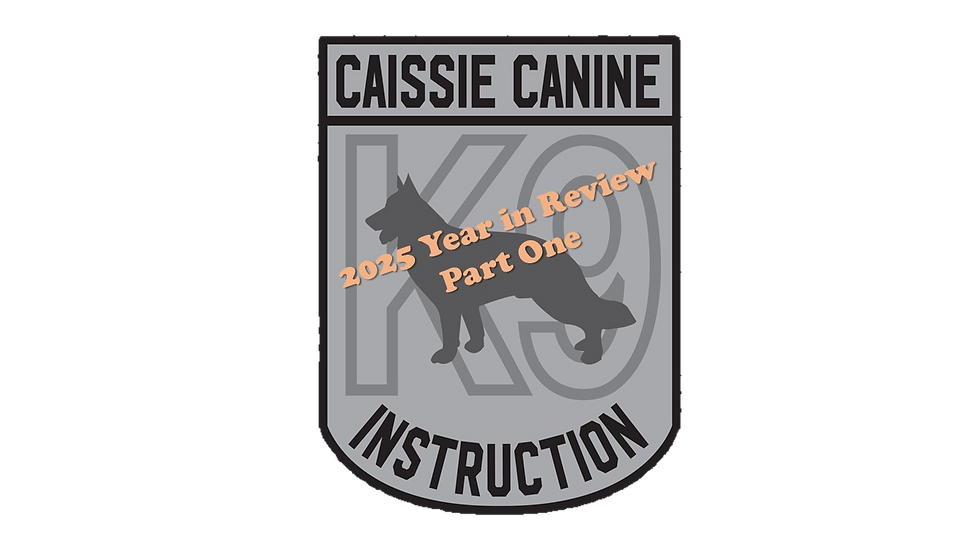Caissie Canine Instruction: The Secret Language of Dogs
- caissiecanineinstr

- Oct 4, 2021
- 2 min read

We begin this week’s “RUFF TAILS” featuring a beautiful 1 year old Red Heeler named Murphy.
My family says “I am really smart and I passed my obedience program Level 1 and graduated from my E-collar training”……..YEAH for me!!!!!!

Now with all that hard work and my homework completed, I can relax and rest in my cozy place, in the SUN!!!!!

Welcome to Doggie Dialogue:
We have talked about dogs pawing and yawning, in our past blogs, as ways that your canine will communicate with you. There are many subtle ways that dogs communicate if “you’re watching.”
Dogs that have constant eye contact with you, is his/her way of showing trust and affection towards you.

Dogs that avoid eye contact, are afraid, uncomfortable and want to cower away.
The most common form of communication is tail movement. A dog’s tail can communicate a wide range of emotions. A slow wagging tail can mean your dog is feeling cautious, yet a stiff tail held high means your dog is on alert.
If your pup has a low tail he/she is feeling content,

but a tucked tail means he/she is feeling scared.
Another way your dog will communicate with you is called “play bowing.” This is when your canine faces you, bows down with legs on the ground and butt in the air.

This means “playtime.” If you would like to practice your yoga pose “downward dog” your dog would love it!!!! It is like speaking his/her language.
Dogs will communicate with each other by rolling over as a sign of passive resistance, however your dog will rollover for you mainly for a belly rub.

Your dog will communicate when trying to “cuddle” with you, and looking for that extra attention, by leaning against you. That is their version of a hug.

I know most people love the ear language of their beloved dog/dogs, as their all-time favourite way that their dog will communicate. Perky ears and head tilts show us that your dog is very intrigued and highly focused.
Droopy ears are signs of submission, while ears pinned back, means your dog is unhappy.
When your pup tilts their head, it is a sign they are listening intently.

Think of your dog’s ears as an antenna. When they are startled or hear a new sound, they tilt their head as to “readjust” their antenna, towards the sound.
When we really “listen” to our dogs you will discover they really can “talk.”




Comments